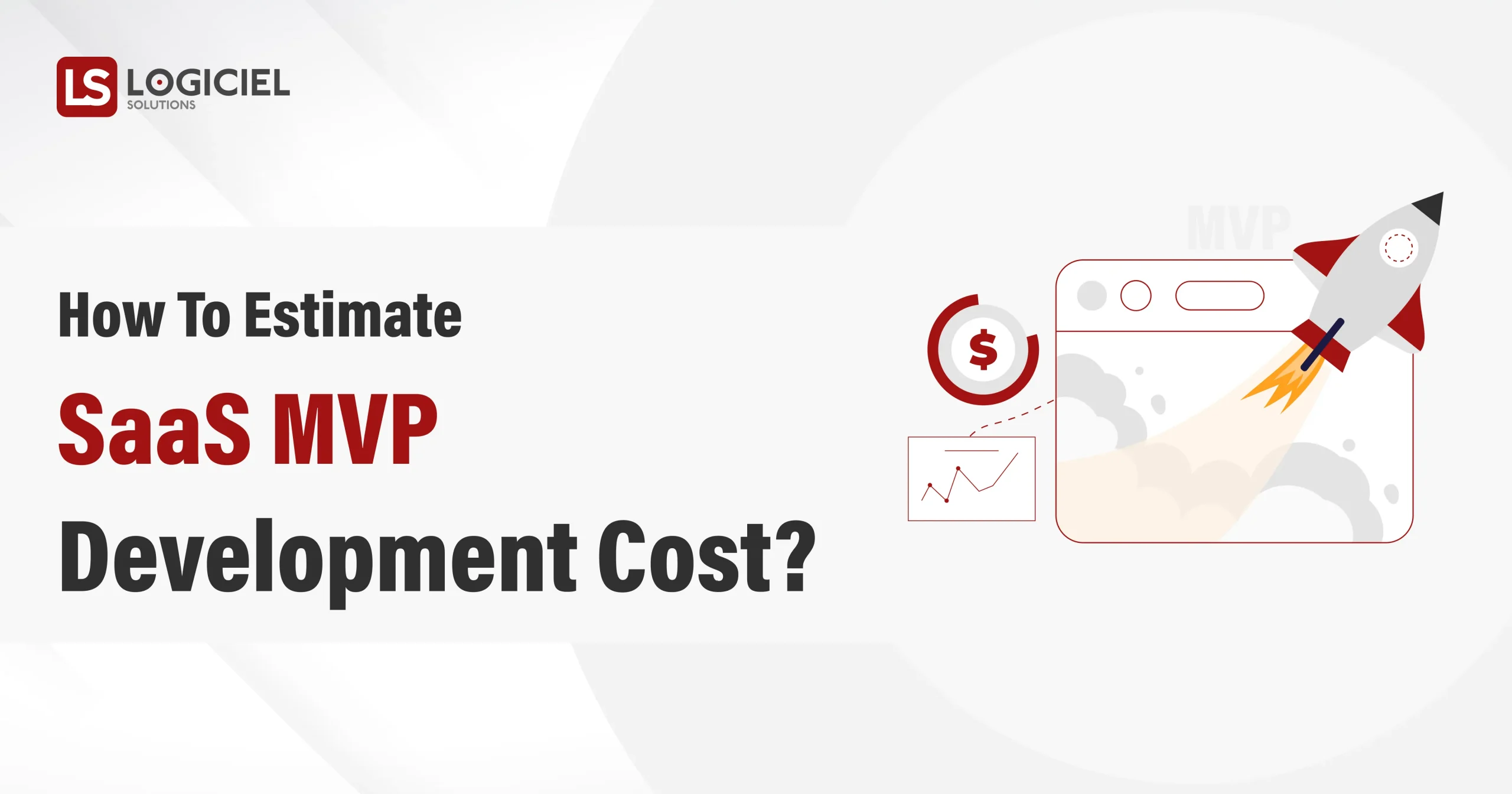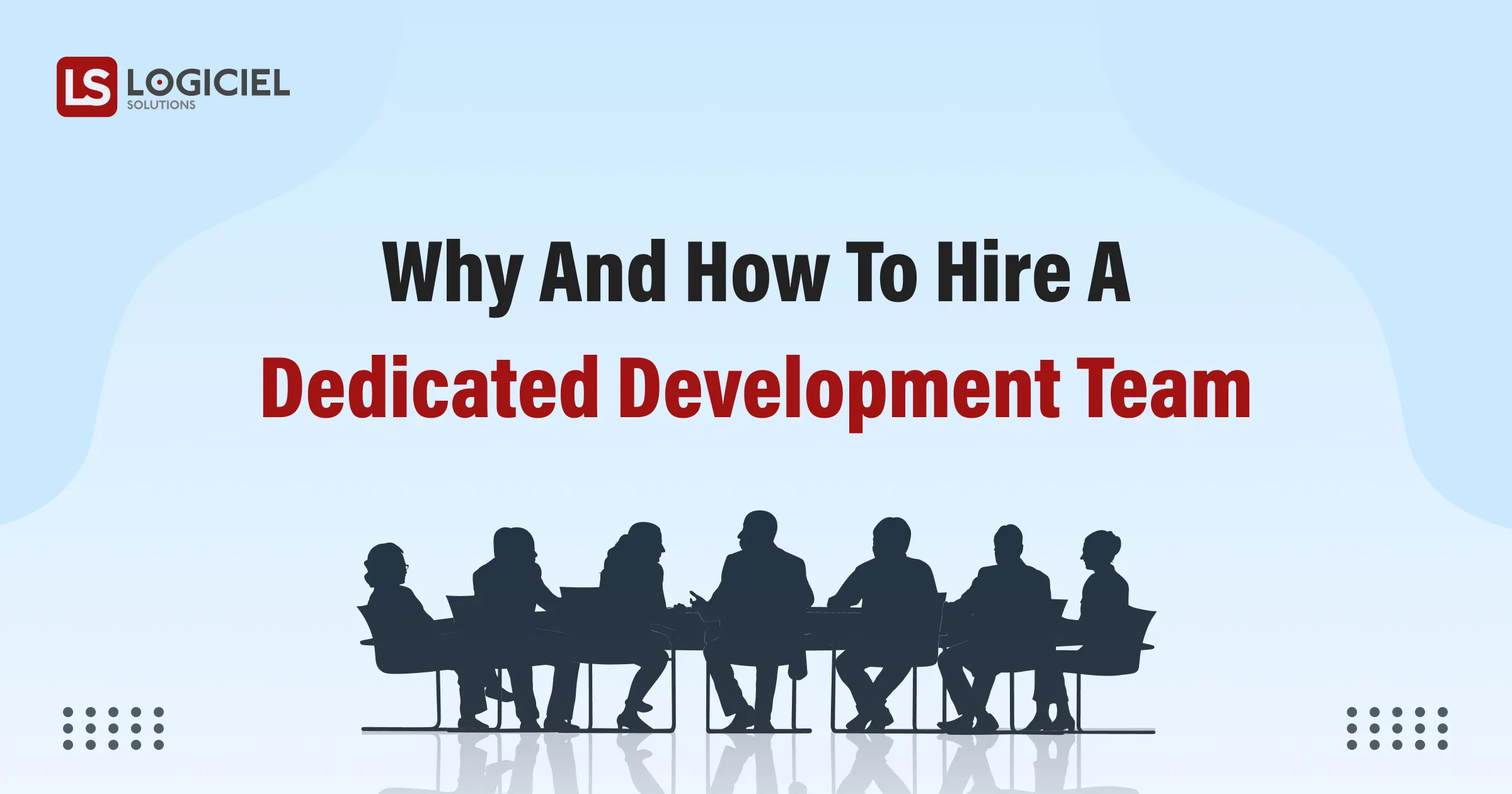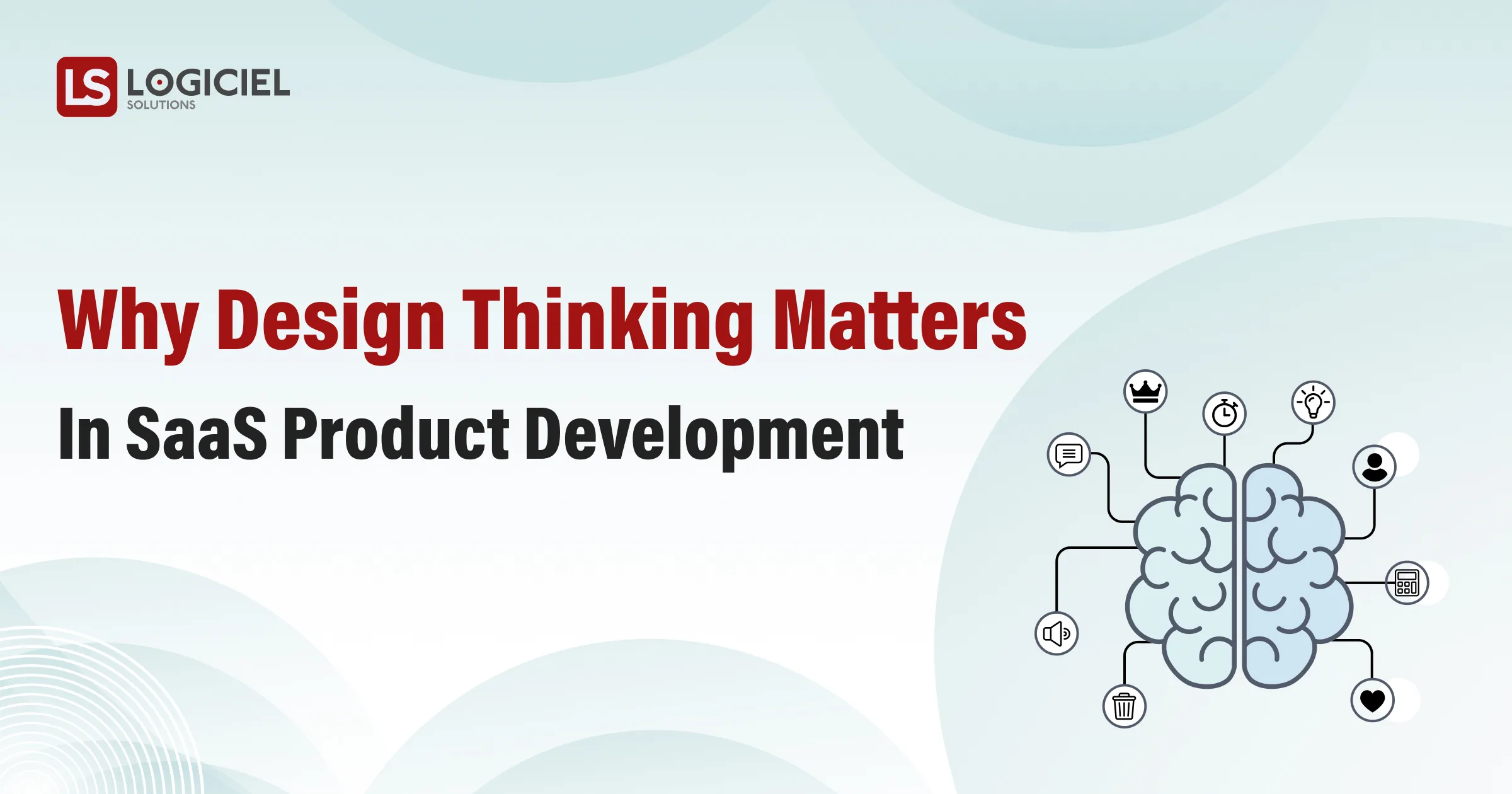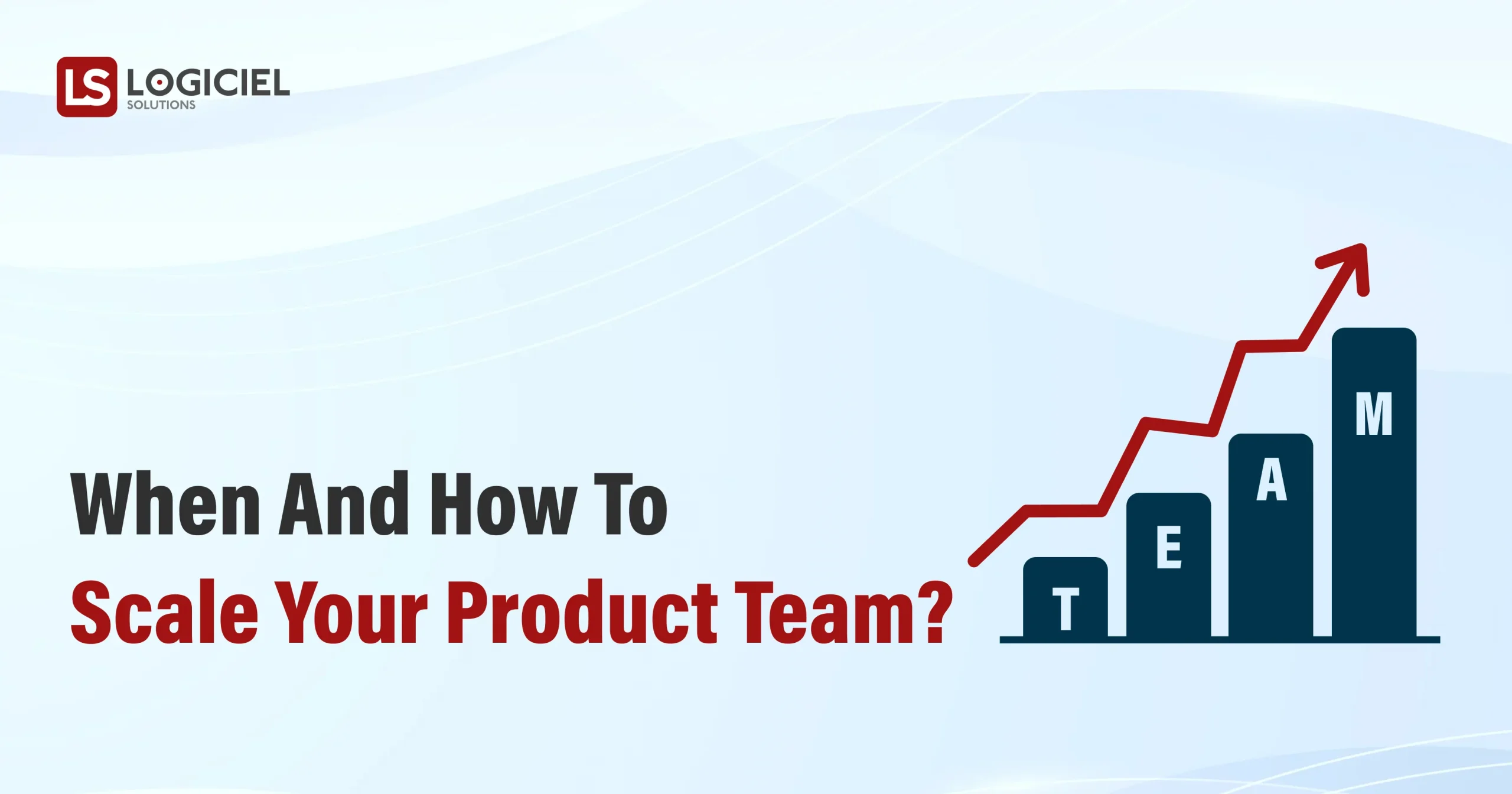Don’t fear; your vision can become a reality with a proactive approach, meticulous consideration, and analysis to determine costs that can work with your budgetary restrictions.
The cost of your Minimum Viable Product (MVP) varies depending on several factors; however, the complexity of the features holds a significant impact.
Further, making wise investment decisions requires rigorous deliberation, empirical findings, and months of dedication. Therefore, we advise against rushing and will help you navigate the pivotal aspects of cost to build an MVP.
So, what is the process for gaining financial insight into your project? Let’s start with gaining a firm understanding of the MVP development concept.
What Is MVP Development Concept?
Minimum Viable Product (MVP) is the first version of your online or mobile application that is functional and contains the core features that provide real value to your customers. It is released in the market to collect feedback and refine your concept before investing too much time and resources in building a full-fledged product that may not meet your end users’ demands.
Early adopters of your app generate meaningful insights and help you make informed decisions for the future development of your product. Plainly put, you offer an MVP with must-have features and prioritize essential, fancy features based on user feedback and metrics.
To understand better, Uber is an excellent example of a company that followed the traditional MVP approach. Initially, they offered a simple service connecting users with drivers and offering payment through a credit card. As they gained market validation and grew their user base, they developed additional features and benefits, like automated in-app payments, location tracing, fare estimation, and ride-sharing. By starting with a cost-effective, primary product to test the market and ensuring that it solved users’ needs, Uber was able to scale and become the leading transportation company with an app.
Now that we have a solid grasp of the MVP development concept, let’s distinguish other phases of the development process to ensure complete clarity and eliminate any confusion. While each step contributes to the creation of the MVP, their objectives and functions differ at various stages of the process.
The Proof-of-Concept (POC), Prototype, and MVP stages are crucial in determining whether your product is a market fit. Proper implementation of these three steps is vital to the success of your product. Let’s take a closer look at the key differences between these stages.
Unpacking The Differences Between Proof-of-Concept (PoC), Prototype And MVP
| Differences | Proof-of-Concept (PoC) | Prototype | MVP |
|---|---|---|---|
| 1. PURPOSE | It is a project aimed to evaluate the feasibility of your concept and its business potential. | It is a visual demonstration of your concept before it is implemented to build a releasable version. | It is a functional version of your product that contains core features to intrigue early adopters. |
| 2. FOCUS | Your idea is drafted, and internal assumptions of the company are verified; functionality and tech stacks are defined. | It focuses on the look and feel of your product; includes structure, user flow, and clickable design elements. | Monitor performance of the product, and gather feedback from users to test and polish your product. |
| 3. SCOPE | It mitigates risks and tackles challenges. It does not include the participation of users. | Users interact with the design to check the usefulness and usability of your interface. | The future development of the product is shaped as per the response from the market. |
| 4. ITERATION | It is discarded after gaining insights and verification of the product viability. | The design goes through multiple iterations based on the feedback of users and stakeholders. | It upgrades with each modification and advanced features are introduced based on user feedback. |
What Factors Impact MVP Development Cost?
1. Team Size
The cost of your development team will be substantially impacted by the number of talents you hire. However, effectively collaborating with a small team of multi-tasking professionals will result in lower costs compared to assembling a team of experts specialized in specific niches. It’s important to consider that the size of the team also influences the time and effort dedicated to your project.
So decide, how many people do you need to build your MVP? Then, search for the experts who best fit your plan.
2. Type Of Development Team
As we previously established, the cost of your development team depends on size and proficiency; the higher you pay, the greater you get.
We have outlined the expenses of each type of team. Consonantly with your financial standing and requirements, you can go for one:
FINANCIAL OUTLAY FOR THE DEVELOPMENT PARTNERS
| In-house Team | Freelancers | Specialized Team |
|---|---|---|
| Salaries | ||
| Recruitment and Onboarding | ||
| Office Space and Utilities | ||
| Equipments and Technology | ||
| Ongoing Development and Training | Specialist’s hourly rate or the project’s fixed cost | Service Fee |
| Employee Benefits and Perks: Bonuses, Paid Leaves, Insurance & Retirement Plan |
||
| Management and Administration Expenses |
Freelancers and specialized teams fall under the category of outsourced partners. Closely examine the distinct benefits they offer to see what aligns suitably with your unique needs and strategic goals to make an informed decision.
3. Team Location
Software developers play on their expertise and experience; location is another key factor in deciding their rates. To give you a general overview, we have listed down the average hourly rates of developers in different regions with regard to industry insights:
- United States and Canada: Developers in North America, particularly in tech hubs like Silicon Valley, New York, or Toronto, tend to have higher rates. It can range from $100 to $200.
- Western Europe: The United Kingdom, Germany, France, and the Netherlands, also have higher developer rates. It ranges anywhere between $110 and $300.
- Eastern Europe: Ukraine, Poland, and Romania serve a fair balance between cost and quality. The prices fall between $20 to $50.
- Asia: Developing countries like India, China, and Vietnam generally sell at favorable rates compared to other regions. Their rates fluctuate between $15 to $50, making it a cost-effective option for outsourcing development projects.
- South America: Brazil, Argentina, and Colombia offer a competitive cost advantage compared to North America or Western Europe. The rate varies between $25 to $60.
4. Tech Stack
Do not think twice before investing in the latest, cutting-edge technology to build a scalable, secure, and robust product. However, vigilance is crucial when determining the right set of technologies that are in line with your product’s specifications considering databases, programming languages, front-end and back-end tools, frameworks, and APIs.
You must be well-informed from the beginning to the end to evaluate the cost of modern technologies at each phase, which will incur a significant amount.
5. Complexity Of MVP
If the functionality you build is more complex than what you call the first version of your product, it will come with additional costs.
We recommend knowing how your users perceive your product before risking your money. You can give a brief to your early adopters about the future benefits your product will offer but begin by releasing an MVP with core features and allowing scope for modifications and innovations based on user feedback and market demands.
6. Development Methodology
If you are inclined to outsource your product development, opt for the experts driven by an agile approach. Although it costs you more than the companies that follow different methodologies, it is beneficial in the long run. It emphasizes continuous improvement and iterations, which can help save costs that may arise from changes and adjustments after the product is developed.
Breakdown of Development Costs at Each Stage
The cost estimation at each stage depends on the type of SaaS you intend to build and its specifications and scope. The figures below are industry-standard averages that give you a rough approximation of the potential costs. It’s important to note that these numbers may vary depending on various factors mentioned earlier, such as the product’s complexity, the development team’s size, the geographical location, and any additional customizations or integrations needed.
| AVERAGE COST | Proof-of-Concept | Prototype | MVP |
|---|---|---|---|
| $2,000 to $20,000 | $5,000 to $50,000 | $20,000 to $150,000 |
Concluding Thoughts
Estimating the accurate cost of your MVP development is vital to allocate your funds wisely and ensure you have sufficient resources to execute your vision without fear of budgetary limitations.
We invite you to connect with us to receive a customized budget specifically tailored to your unique demands.




